Home>Garden Essentials>Garden Storage>How Much Does A Built-In Wardrobe Cost
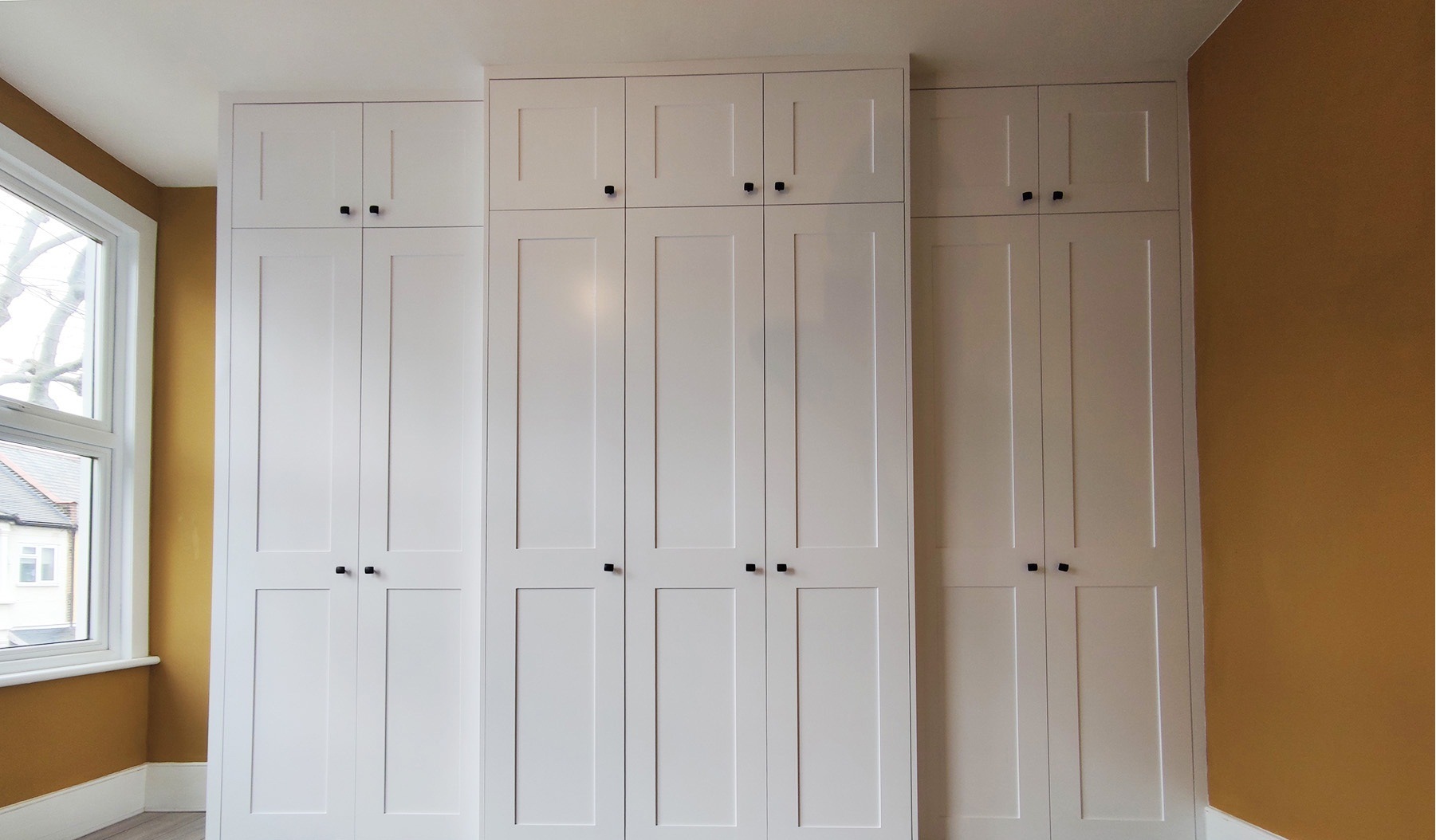

Garden Storage
How Much Does A Built-In Wardrobe Cost
Modified: January 7, 2024
Discover the average cost of built-in wardrobes for storage solutions and maximize your space with stylish and functional designs.
(Many of the links in this article redirect to a specific reviewed product. Your purchase of these products through affiliate links helps to generate commission for Storables.com, at no extra cost. Learn more)
Introduction
A built-in wardrobe is a stylish and practical addition to any home, providing ample storage space for clothing, accessories, and other personal belongings. Not only does it offer a clutter-free solution, but it also adds a touch of sophistication to any room. If you’re considering installing a built-in wardrobe, one of the first questions that may come to mind is, “How much will it cost?”
The cost of a built-in wardrobe can vary depending on several factors, including the materials used, the design and layout, additional features, and whether you hire a professional or decide to DIY. This article aims to explore these factors in detail and provide you with an understanding of the potential costs involved.
Before we dive into the specifics, it’s important to note that the cost of a built-in wardrobe is not a one-size-fits-all figure. Each project is unique, and the final price will depend on your individual preferences and requirements. That being said, by understanding the various factors that contribute to the overall cost, you can better estimate and plan for your desired built-in wardrobe.
So, let’s take a closer look at the factors that can influence the cost of a built-in wardrobe, starting with the materials used.
Key Takeaways:
- Factors such as wardrobe size, materials, design complexity, and additional features influence the cost of a built-in wardrobe. Careful consideration of these factors is essential for effective budgeting and planning.
- Whether hiring a professional or opting for a DIY approach, understanding the cost factors and obtaining accurate estimates is crucial for planning a built-in wardrobe project. Budgeting for materials, labor, and customization ensures a successful outcome.
Read more: How Much Does A New Wardrobe Cost
Factors that Affect the Cost of a Built-In Wardrobe
Several factors can influence the cost of a built-in wardrobe. Understanding these factors will help you make informed decisions and budget accordingly. Here are some key factors to consider:
- Size of the Wardrobe: The overall size of the wardrobe plays a significant role in determining its cost. Larger wardrobes require more materials and labor, which can increase the price.
- Materials Used: The choice of materials for your built-in wardrobe can greatly impact the cost. Common materials include wood, laminate, and MDF (Medium Density Fiberboard). Hardwoods like oak or mahogany tend to be more expensive, while laminates are more cost-effective.
- Design and Layout: The complexity of the wardrobe’s design and layout can affect the cost. Intricate designs with unique features, such as built-in lighting or sliding doors, may require additional labor and materials, resulting in higher costs.
- Hardware and Accessories: The type and quality of the hardware and accessories used, such as handles, hinges, and drawer sliders, can impact the cost. Higher-end hardware options will often come at a premium price.
- Finish and Finishing Options: The finish and finishing options you choose can also affect the cost. A simple painted finish will be less costly than a high-end veneer or lacquer finish. Additionally, specialized finishes or customization, such as glass inserts or mirrored surfaces, may entail extra expenses.
- Location and Labor Costs: Labor costs can vary depending on your location and the professionals you choose to hire. Areas with higher living costs and skilled labor shortages often have higher labor rates. DIY options, though less costly in terms of labor, require your time and expertise.
- Additional Features and Customization: If you desire specific features like built-in shelves, drawers, or shoe racks, or any customization such as integrated charging ports or a built-in vanity, these additions will increase the overall cost.
It’s essential to consider these factors and strike a balance between your budget and desired features when planning your built-in wardrobe. By doing so, you can ensure that the final product meets your expectations and offers the functionality and aesthetics that you desire.
Materials Used in Building a Wardrobe
When it comes to building a wardrobe, the choice of materials is crucial. Different materials can vary in terms of durability, appearance, and cost. Here are some common materials used in the construction of a built-in wardrobe:
- Wood: Wood is a classic and timeless choice for wardrobes. Hardwoods such as oak, mahogany, or walnut are known for their durability and luxurious appearance. They can be more expensive than other options but offer a long-lasting and high-quality wardrobe.
- Laminate: Laminate is a popular and cost-effective choice for wardrobes. It consists of a synthetic material layered onto a wooden board or MDF. Laminate comes in a wide variety of colors and finishes, including wood grain patterns, and offers durability and easy maintenance.
- MDF (Medium Density Fiberboard): MDF is a engineered wood product made by breaking down hardwood or softwood residuals into wood fibers, often in a defibrator, combining it with wax and a resin binder, and forming panels by applying high temperature and pressure. MDF is a more affordable option that provides a smooth and consistent surface. It is commonly used for the structure and carcass of the wardrobe, while other materials can be used for external finishes.
- Glass: Glass can be used for wardrobe doors or as part of the wardrobe’s design. It offers a sleek and modern look and can be frosted or transparent. Glass panels can be incorporated with other materials like wood or aluminum frames to create stylish and functional wardrobes.
- Aluminum: Aluminum is a lightweight and durable material that is often used for the framework of built-in wardrobes. It provides strength and stability and can be combined with other materials for a contemporary look.
It’s important to note that the cost of materials can vary depending on their quality, brand, and availability. Hardwoods tend to be more expensive than other materials, while laminates and MDF offer more affordable options without sacrificing durability. Each material has its own characteristics, and choosing the right one will depend on your budget, aesthetic preferences, and desired durability.
In addition to the primary materials, other considerations include the hardware used, such as hinges, handles, and drawer slides, as well as the finishing options for the wardrobe’s exterior. These additional elements contribute to the overall cost and can enhance the functionality and appearance of the wardrobe.
By carefully selecting the materials for your built-in wardrobe, you can create a functional, aesthetically pleasing, and long-lasting storage solution that fits your budget and lifestyle.
Design and Layout Considerations
When planning a built-in wardrobe, the design and layout are crucial aspects to consider. The right design and layout can maximize storage space, improve functionality, and enhance the overall aesthetic appeal of the wardrobe. Here are some key considerations to keep in mind:
- Space Availability: Assess the available space in the room where the wardrobe will be installed. Consider the dimensions, shape, and structural constraints of the room. This will help determine the size and configuration of the wardrobe.
- Storage Needs: Evaluate your storage needs and consider the types of items you will be storing in the wardrobe. Clothing, accessories, shoes, and other belongings have different storage requirements. Plan for various compartments, hanging rails, shelves, and drawers to accommodate different items.
- Accessibility: Ensure that the wardrobe is designed with accessibility in mind. Optimize the layout for easy reach and visibility of your belongings. Incorporate features like pull-out racks or swivel mechanisms for convenient access to stored items.
- Functionality: Think about how you will use the wardrobe on a daily basis. Do you need more hanging space or more shelves? Consider incorporating features like adjustable shelves, built-in organizers, or accessories like tie racks or jewelry trays to maximize functionality.
- Aesthetic Appeal: Determine the style and aesthetic you want to achieve with the wardrobe. Consider the existing décor and design elements in the room and choose a wardrobe design that complements them. Decide on the finishes, colors, and details that align with your desired aesthetic.
- Lighting: Lighting plays a crucial role in the functionality and appearance of a built-in wardrobe. Incorporate adequate lighting options, such as overhead lights or LED strips, to ensure proper visibility and create an inviting atmosphere.
- Flexibility and Future Adaptability: Consider the future adaptability of the wardrobe. Opt for a design that allows for adjustments and modifications as your storage needs change over time. Accessories or additional shelving should be easily added or removed as required.
It’s important to consult with professionals or use design software to visualize the layout and functionality of the wardrobe before finalizing the design. This will help you optimize the space, ensure efficiency, and create a wardrobe that meets your specific needs and preferences.
By carefully considering these design and layout considerations, you can create a built-in wardrobe that not only offers ample storage space but also enhances the overall functionality and aesthetic appeal of your living space.
When considering the cost of a built-in wardrobe, factors such as the size, materials, and design complexity will all impact the final price. It’s important to get multiple quotes from different providers to ensure you’re getting the best value for your budget.
Additional Features and Customization
When planning a built-in wardrobe, you have the opportunity to incorporate additional features and customization options to elevate its functionality and aesthetics. These features and customization choices can bring a unique and personalized touch to your wardrobe. Here are some options to consider:
- Built-in Lighting: Add LED lights or spotlights inside the wardrobe to improve visibility and make it easier to find items. This feature not only serves a practical purpose but also enhances the ambiance of the space.
- Mirrored Surfaces: Incorporate large mirrored panels or smaller mirror inserts on the doors or as a separate vanity area within the wardrobe. Mirrors can create the illusion of a larger space and serve as a convenient dressing area.
- Accessories and Organizers: Include accessories and organizers that cater to your specific storage needs. This can include pull-out racks for ties or belts, jewelry trays or inserts, shoe racks, or dedicated compartments for handbags or accessories.
- Integrated Charging Ports: In today’s digital age, integrating charging ports or outlets within the wardrobe can be a useful feature. You can easily charge your devices while keeping them organized and out of sight.
- Pull-Out Ironing Board: If space allows, consider installing a pull-out ironing board within the wardrobe. This eliminates the need for a separate ironing board and provides a convenient solution for quickly ironing clothes.
- Sliding Doors: Opt for sliding doors instead of traditional hinged doors to save space and add a modern touch. Sliding doors can be fitted with a variety of materials and finishes to match your overall design aesthetic.
- Custom Finishes: Explore custom finishes and details that align with your personal style. From decorative molding to unique paintwork, these customizations can truly make your built-in wardrobe stand out.
When it comes to additional features and customization, it’s essential to balance your desires with the practicality and budget of the project. Careful planning and consulting with professionals or designers can help ensure that your chosen features and customizations integrate seamlessly into the overall design.
Remember, the goal is to create a customized wardrobe that not only suits your storage needs but also reflects your personal style and enhances the functionality and aesthetics of your living space.
Read more: How Much Does A Wardrobe Stylist Make
Hiring a Professional or DIY
When it comes to building a built-in wardrobe, one important decision to make is whether to hire a professional or take on the project as a DIY endeavor. Both options have their pros and cons, and the choice ultimately depends on your skills, time availability, and budget. Here are some factors to consider when making this decision:
Skills and Expertise: Building a built-in wardrobe requires a certain level of carpentry and construction skills. If you have experience in woodworking and are confident in your abilities to design and build a wardrobe, DIY may be a viable option. However, if you lack the necessary skills or are unsure about the technical aspects of the project, hiring a professional ensures that the job is done correctly and to a high standard.
Time Commitment: DIY projects can be time-consuming, especially if you’re tackling a larger or more complex wardrobe. Building a built-in wardrobe requires careful planning, measuring, cutting, and assembly. If you have limited time available or prefer to have the project completed in a timely manner, hiring a professional can help expedite the process.
Tools and Equipment: Consider the tools and equipment required for the project. DIY projects often require a range of specialized tools, such as saws, drills, and sanders. Assess whether you have access to these tools or if you would need to purchase or rent them. Hiring a professional ensures that they have the necessary tools and equipment to complete the project efficiently.
Budget: Determine your budget for the built-in wardrobe project. DIY projects can often save you money on labor costs, but you should also factor in the cost of materials and any tools you may need to purchase. Additionally, consider the potential impact on the value of your home. A professionally built wardrobe may offer better craftsmanship and enhance the overall value of your property.
Complexity of the Design: Assess the complexity of the wardrobe design you have in mind. If your design requires unique features, intricate details, or specialized knowledge, hiring a professional ensures that these specifications are met. Professionals have the experience and expertise to handle complex designs and may offer creative solutions that are beyond your DIY capabilities.
Peace of Mind: Hiring a professional provides peace of mind, knowing that the project is being handled by experts. They can navigate potential challenges, offer design advice, and ensure that the finished product meets your expectations. Professionals may also provide warranties or guarantees on their workmanship, giving you added security.
Ultimately, the decision to hire a professional or tackle the project yourself depends on your individual circumstances, skill level, and preferences. Carefully weigh the factors outlined above, and consider consulting with professionals to get a better understanding of what the project entails and the cost involved. Whether you choose to hire a professional or embark on a DIY journey, the end goal is to create a beautiful, functional built-in wardrobe that adds value to your home.
Pricing and Cost Estimates
When it comes to determining the pricing and cost estimates for a built-in wardrobe, several factors come into play. Each project is unique, and the final cost will depend on various elements, including the size, materials, design complexity, additional features, and whether you hire a professional or choose to DIY. Here’s a breakdown of these factors:
Size: The size of the wardrobe is a significant factor that impacts the cost. Larger wardrobes require more materials and labor, resulting in higher costs compared to smaller ones.
Materials: The choice of materials greatly influences the cost of a built-in wardrobe. Hardwoods such as oak or mahogany tend to be more expensive, while laminates and MDF offer more budget-friendly options. Consider the quality, durability, and aesthetic appeal of the materials when determining the cost.
Design Complexity: The complexity of the wardrobe’s design affects the cost. Intricate designs with unique features or customizations require more labor and expertise, resulting in higher prices. Simpler designs will generally be more cost-effective.
Additional Features: Incorporating additional features and customization options, such as built-in lighting, mirrors, or specialized storage features, will increase the overall cost. The complexity and number of these additional features should be considered when budgeting for the project.
Professional versus DIY: Hiring a professional will incur additional costs for labor, but it ensures high-quality work. DIY projects may save money on labor expenses but require your time, effort, and skill level. Consider your capabilities and available resources when deciding between professional installation or DIY.
It’s important to note that pricing can vary depending on your location and the specific professionals or contractors you engage with. It’s recommended to obtain multiple quotes and compare prices to ensure you’re getting a fair estimate.
While it’s difficult to provide exact cost estimates due to the project’s variability, a built-in wardrobe project can range from several hundred to several thousand dollars. On average, you can expect to spend around $1,500 – $5,000 for a standard-sized built-in wardrobe.
Keep in mind that these estimates are general and may not include additional customization options, premium materials, or complex designs. Always consult with professionals for accurate cost estimates based on your specific requirements.
It’s crucial to create a budget and allocate funds for the various aspects of the project, including materials, labor (if applicable), additional features, and any unexpected expenses that may arise along the way. A well-planned budget will help you manage costs and ensure that your built-in wardrobe project stays within your financial means.
By understanding the factors that contribute to the overall cost and obtaining accurate cost estimates, you can plan and budget effectively for your desired built-in wardrobe.
Conclusion
A built-in wardrobe is a valuable addition to any home, providing functional storage space while enhancing the overall aesthetics of a room. While the cost of a built-in wardrobe can vary depending on several factors, including size, materials, design complexity, additional features, and whether you hire a professional or choose to DIY, it is a worthwhile investment that can greatly improve your living space.
When planning your built-in wardrobe, consider the size and layout of the available space, your storage needs, and the overall design and aesthetic preferences. Carefully choose the materials, ensuring they align with your budget, durability requirements, and desired style. Take into account any additional features and customizations that can enhance the functionality and visual appeal of the wardrobe.
Deciding whether to hire a professional or embark on a DIY project is a personal choice that depends on your skills, time availability, and budget. While hiring a professional ensures expertise and a high-quality result, a well-executed DIY project can offer a sense of pride and cost savings. Consider your capabilities and the complexity of the design when making this decision.
To accurately estimate the cost of your built-in wardrobe, consider factors such as size, materials, design, additional features, and labor (if applicable). Obtain multiple quotes from professionals to ensure you’re receiving a fair estimate for your specific project. Keep in mind that additional customization or premium materials may increase the overall cost.
In conclusion, a well-designed and properly built built-in wardrobe can provide functionality, organization, and visual appeal to your living space. By carefully considering all the factors discussed in this article and planning accordingly, you can create a stunning and functional built-in wardrobe that meets your storage needs and enhances the overall aesthetics of your home.
Whether you choose to hire a professional or embark on a DIY project, enjoy the process of creating a personalized storage solution that will bring style and functionality to your everyday life.
Frequently Asked Questions about How Much Does A Built-In Wardrobe Cost
Was this page helpful?
At Storables.com, we guarantee accurate and reliable information. Our content, validated by Expert Board Contributors, is crafted following stringent Editorial Policies. We're committed to providing you with well-researched, expert-backed insights for all your informational needs.





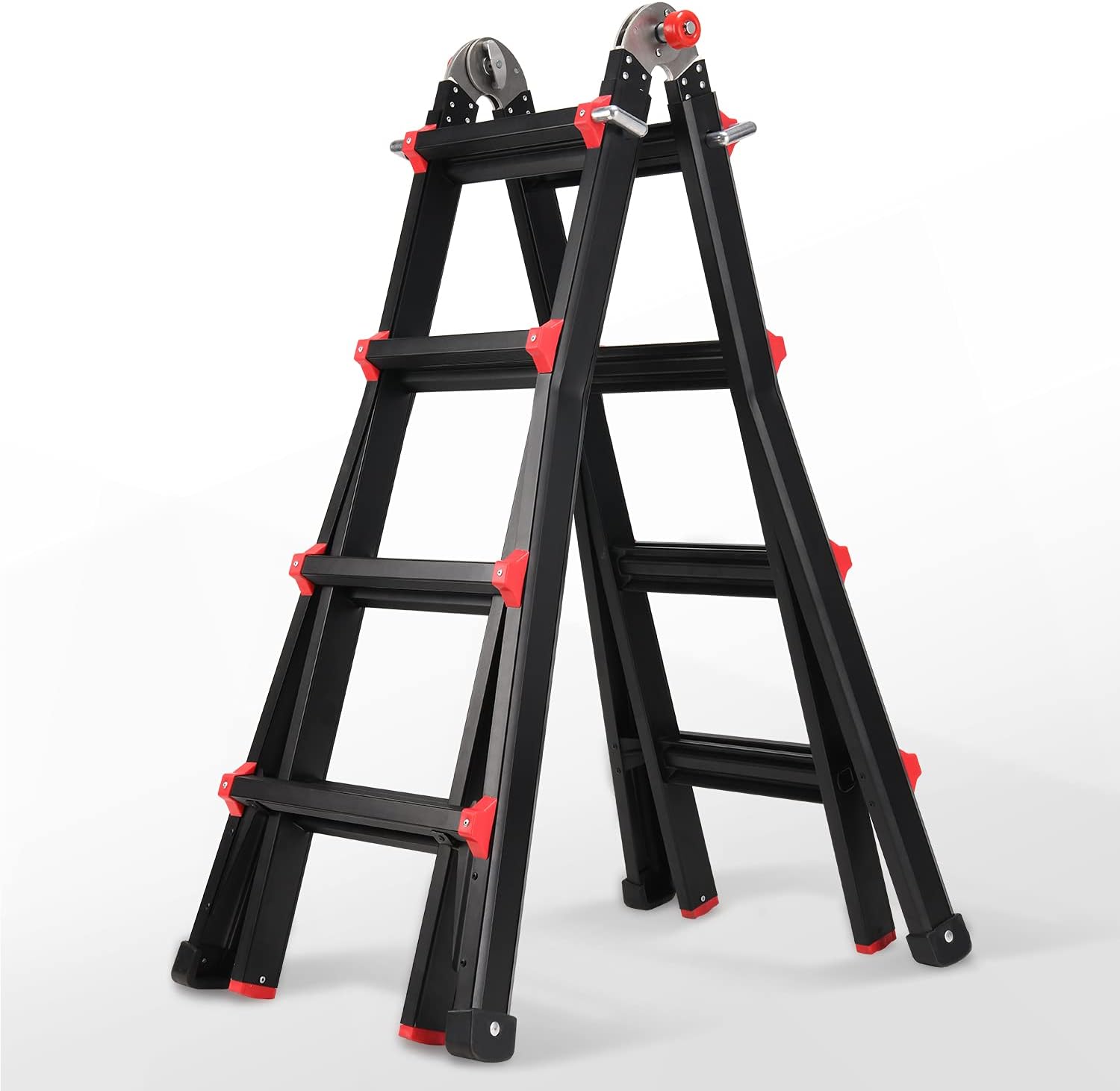
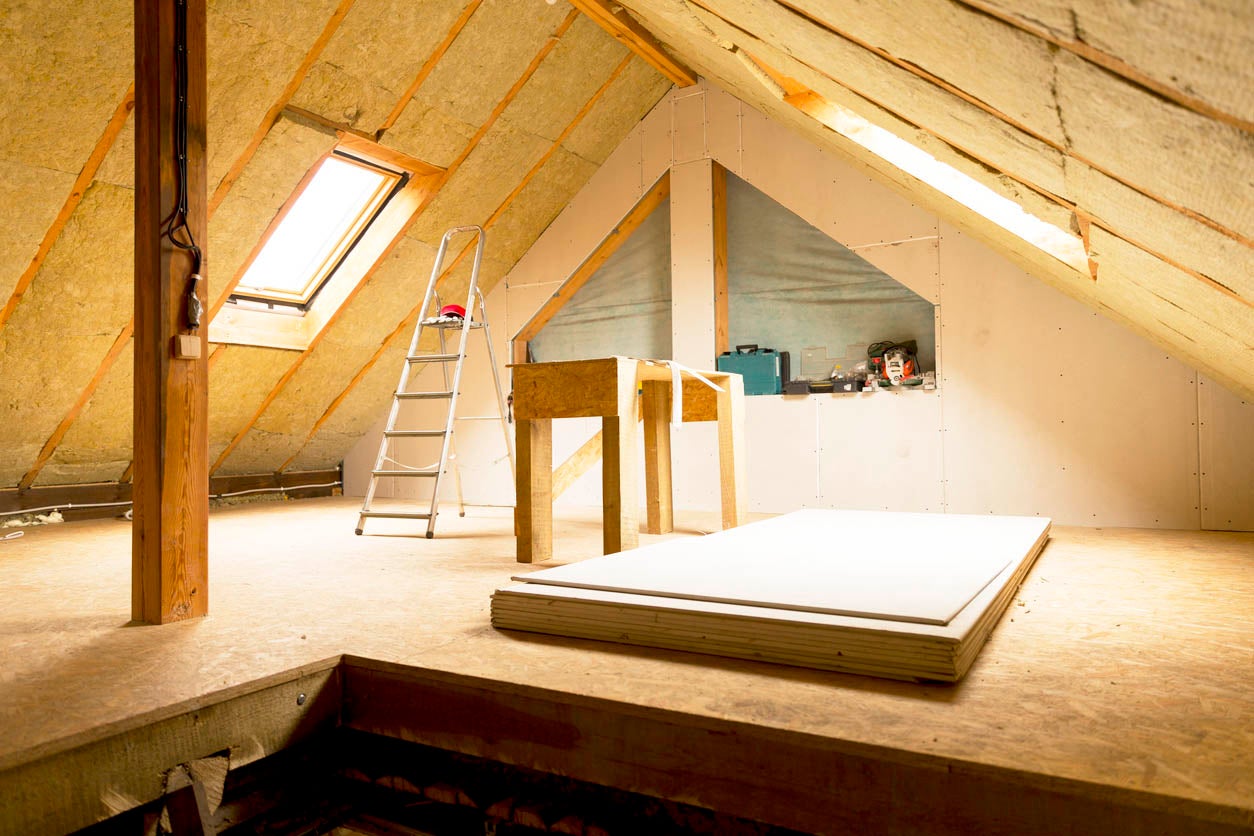
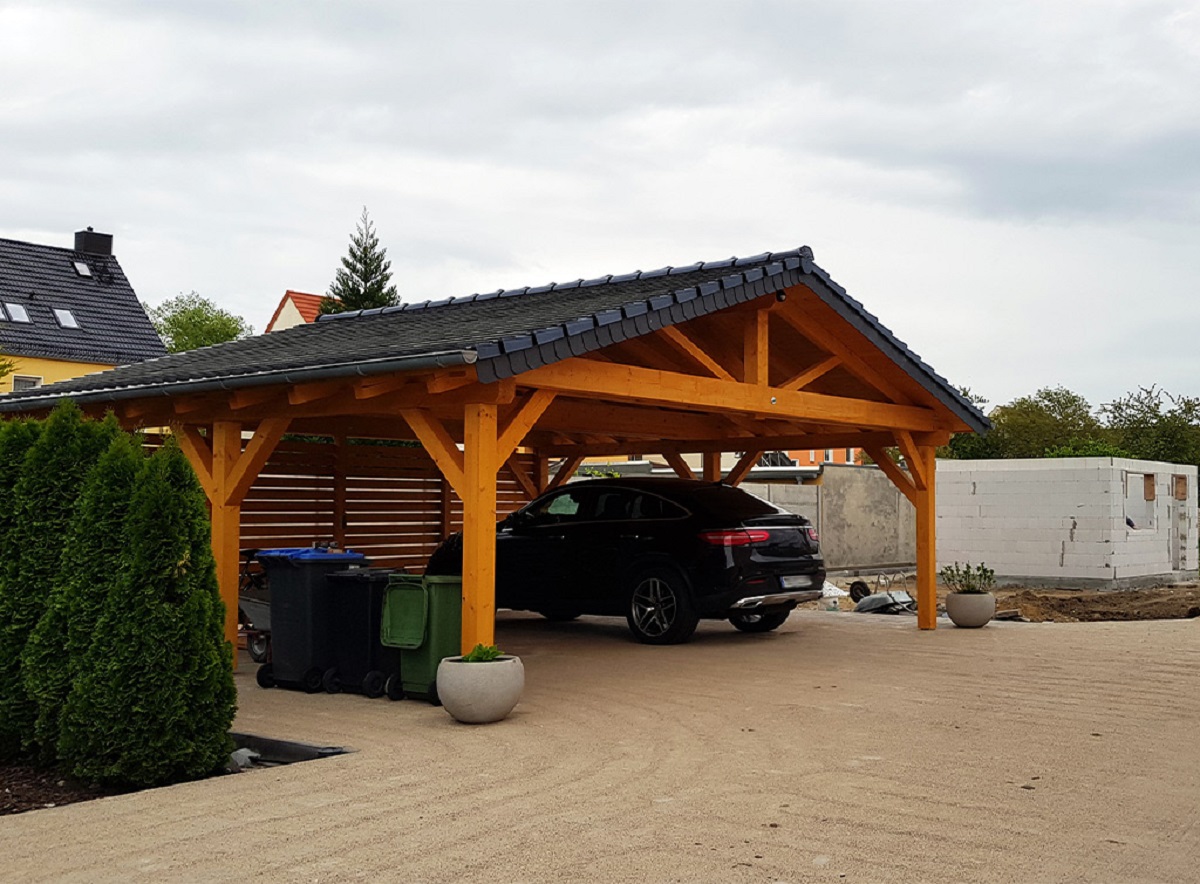
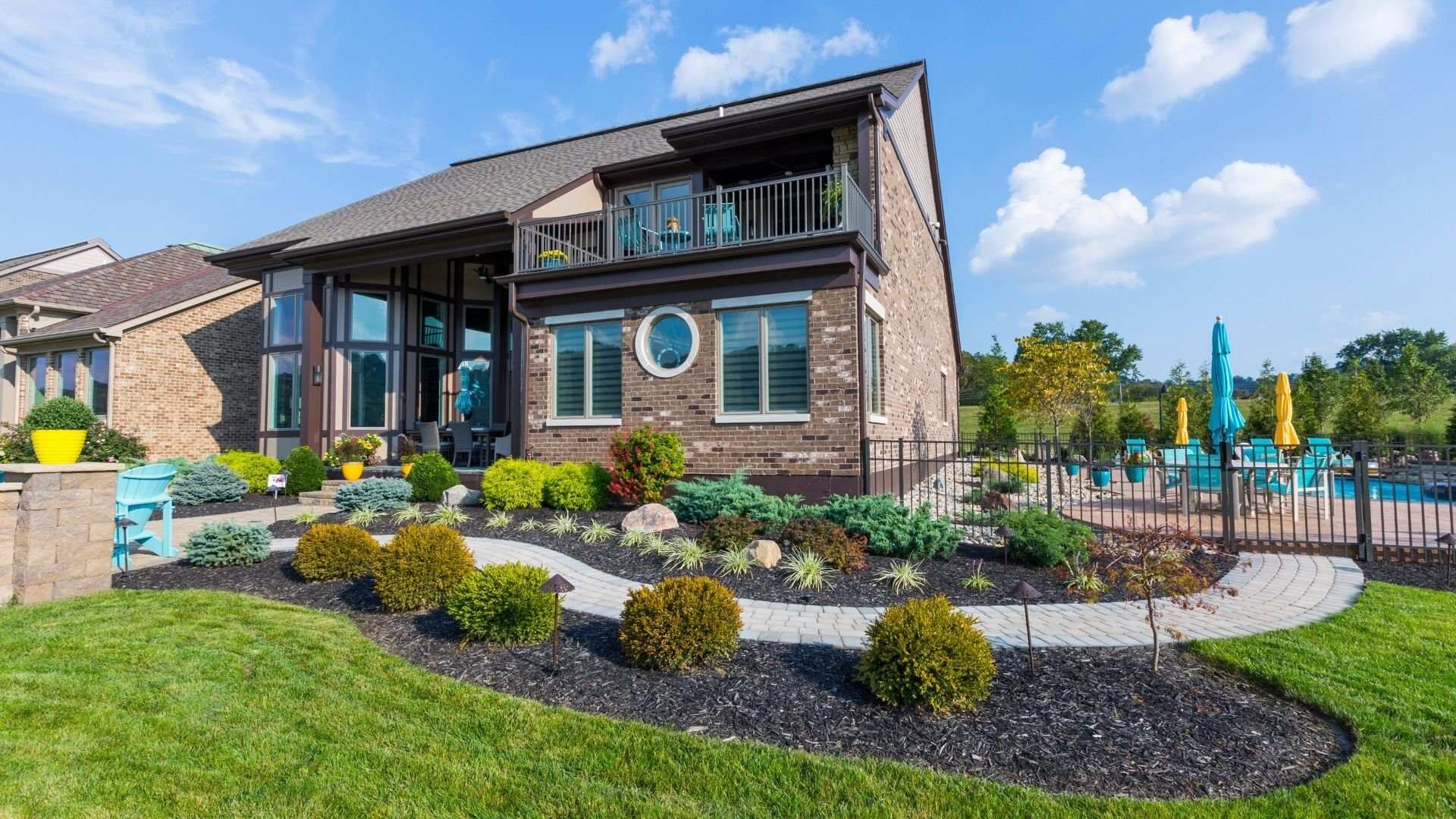
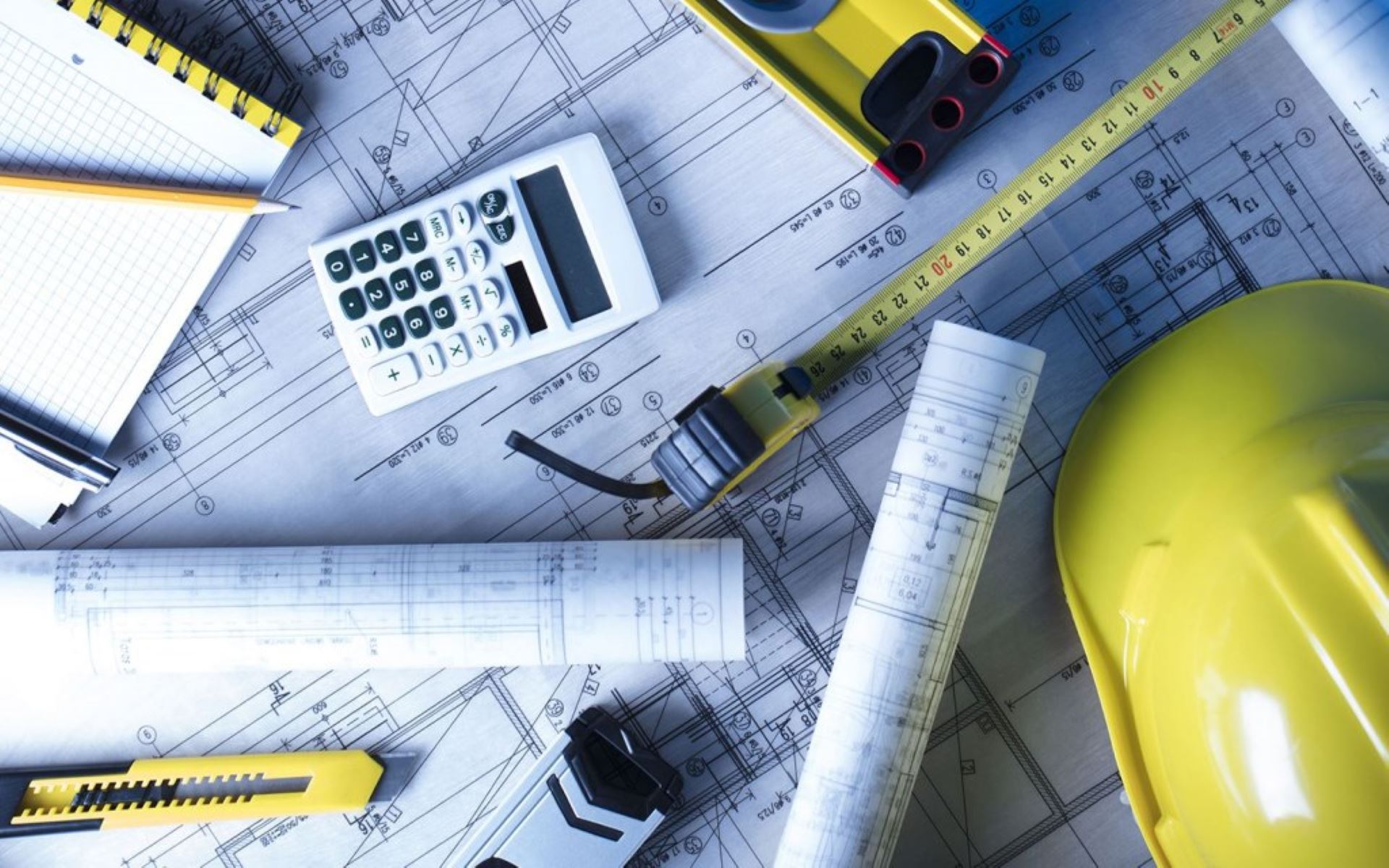
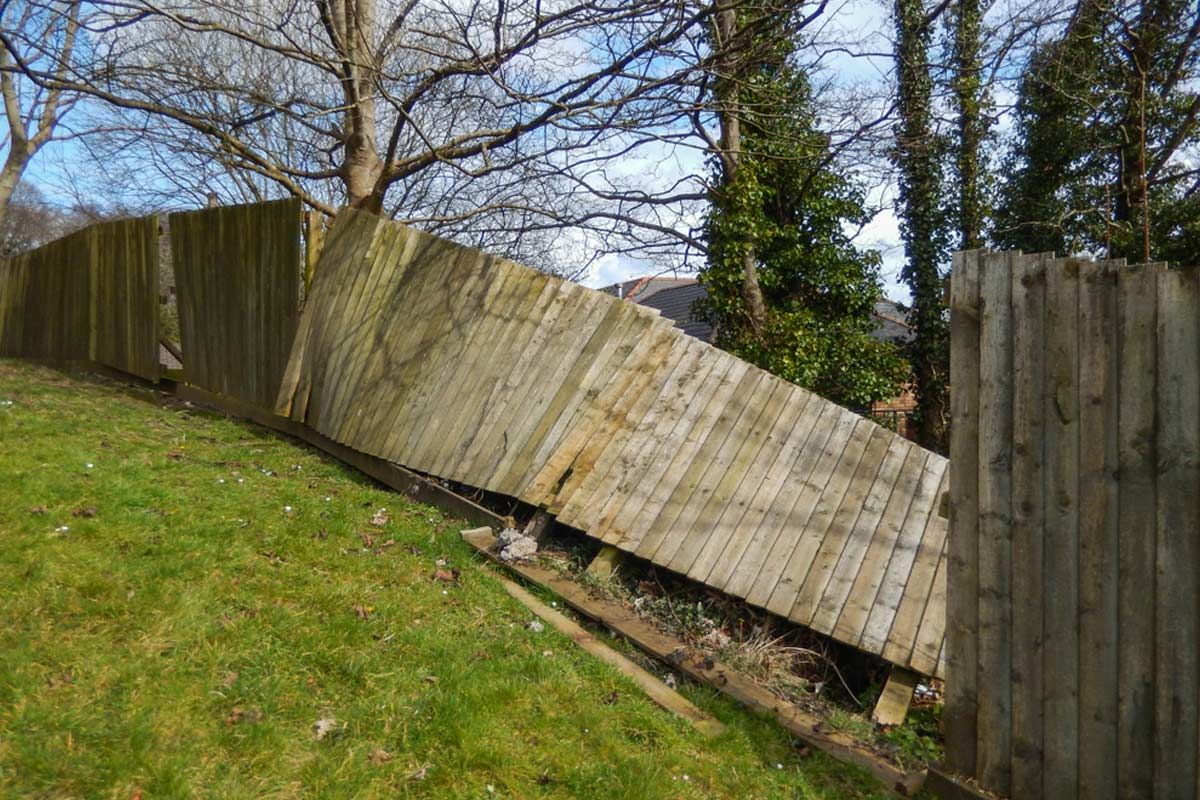
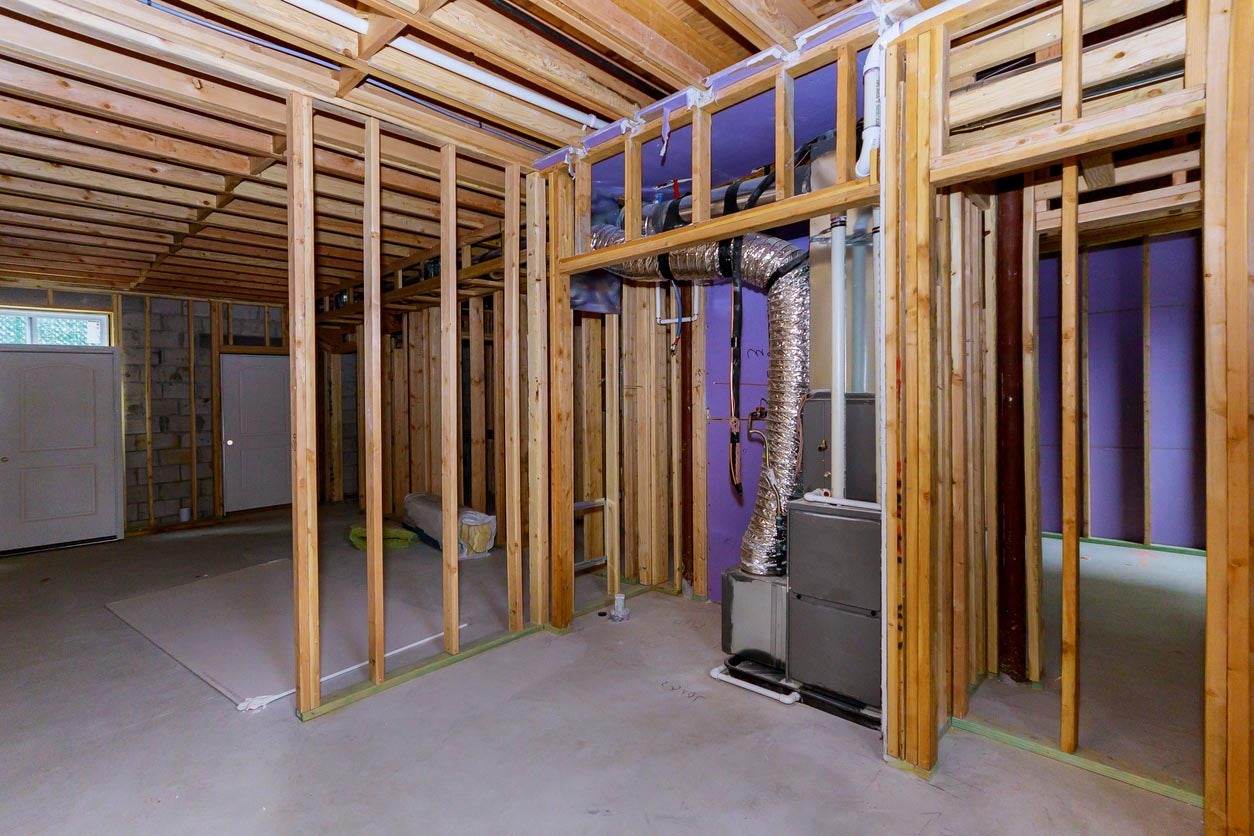
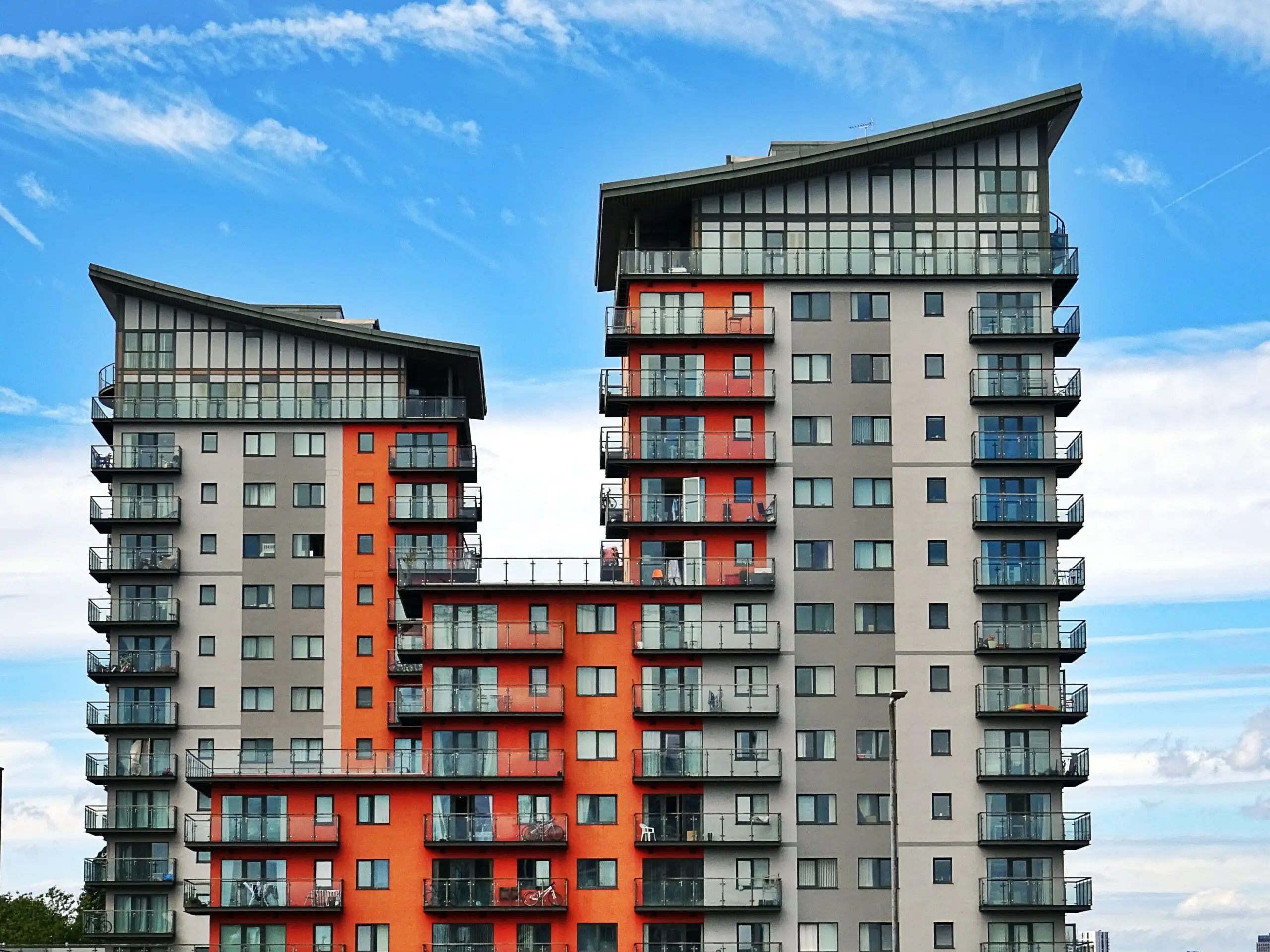


0 thoughts on “How Much Does A Built-In Wardrobe Cost”